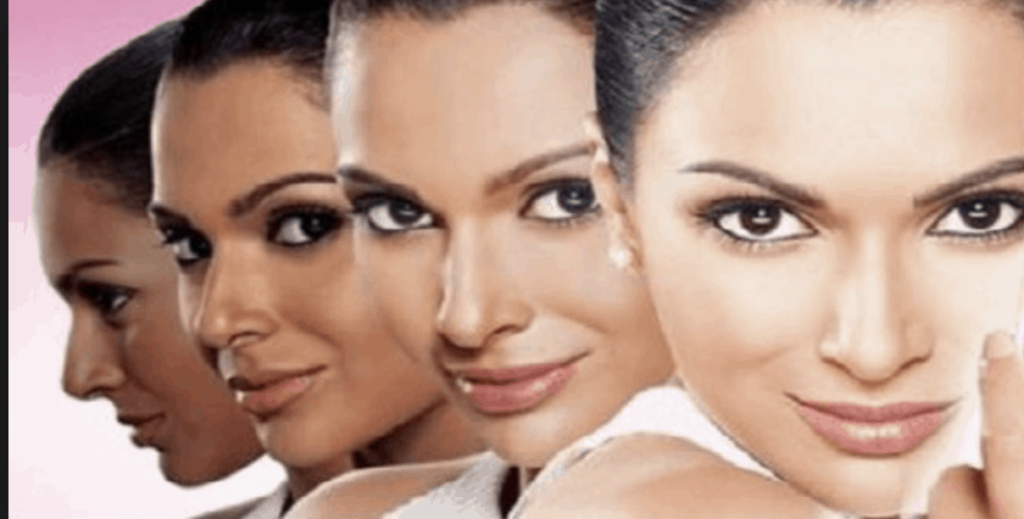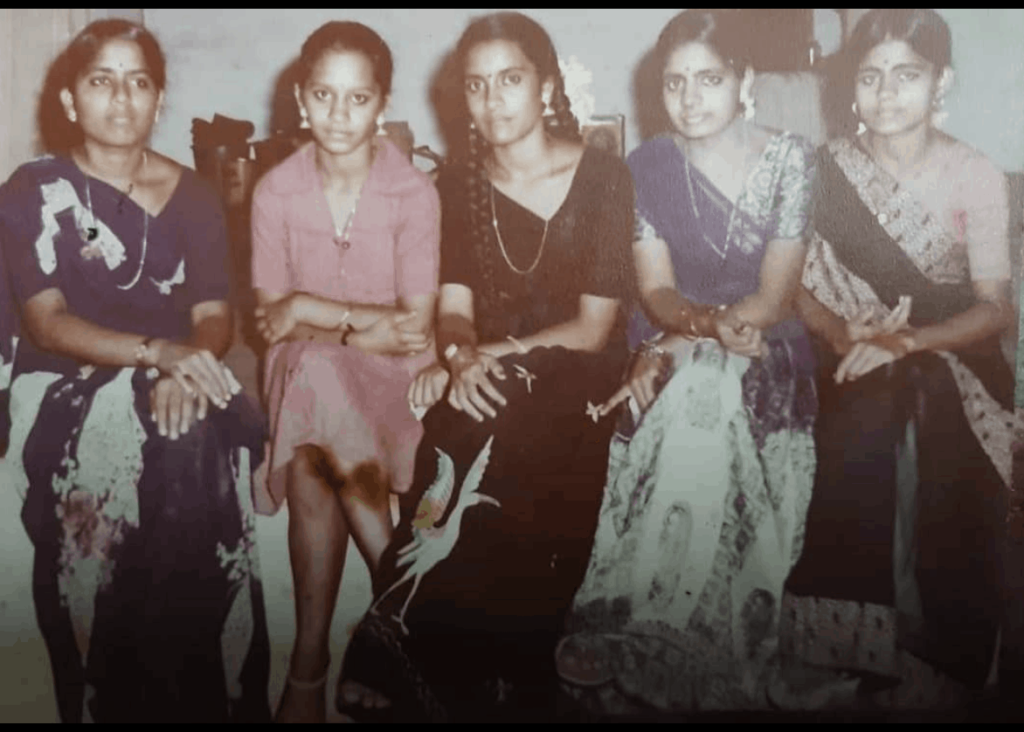In Pakistan we have all grown up seeing fairness creams splashed across billboards adorning ladies with porcelain skin and rosy cheeks smiling happily with a devilish glint of contentment in their eye as if to mock the bystanders that she possesses the coveted secret to a happy life. After all, all she needed to be happy, is fair skin. For generations, women have been a victim of this unfair and morbid obsession with their skin tone. The packaging and tag-line may be different but the message behind it is all too familiar – white skin is beautiful, while what you are isn’t. In a country where the overwhelming majority have a tan complexion, these creams and bleaching methods, perpetuates an unhealthy ideal of beauty. It trickles down from the billboards and seems so out of reach to the everyday conversation in your house.
There is no denying that media has a very strong influence on individual life. Even if you may not be directly swayed by it, others around you might, thus shaping your own beliefs. There is no escaping this influence in today’s day and age where individual preference is shaped and molded by what you see on screen. By marketing fairness creams we are alienating a large faction of women, conveying that they’re not beautiful because they don’t look like the beaming woman on the billboard and for that reason, they can’t be happy. The woman on the screen is shown frowning, but after a fortnight of applying the magical cream, she’s never been happier. Her smile is bigger, her friends and family like her more, and all is good in the world.
To young woman who are trying to figure themselves out and grow into their bodies, these messages are very toxic. Often due to the media saturation and over focus on these creams, at an early age women are fed this singular, rigid narrative on which there seems to be a national consensus, snatching from them the right to define what they believe defines beauty.

Where did this fairness ideal come from?
Research shows that the market for fairness products are at an all-time high in Pakistan, and it’s only growing. Popular bleach creams are taking the shape of potent injections, tablets, and lasers each marketing itself as the only way to achieve beautiful white skin.
Pakistan being part of the subcontinent, is rich in its culture and values, each language, each spice, being so wholly individualistic and unique. Therefore it is shocking that we are unable to own our dusky complexion even though we proudly wear everything else. There are tanning salons in the West that use our skin as archetypes for getting an ethereal tan, then why are we throwing that part of ourselves and camouflaging it to look like someone we’re not?
To uncover where this obsession for fairness comes from, we need to take a trip down history lane, dating far before partition, far before the British Raj – back to the Aryan invasion. The Aryan’s infiltration into Northern India, and their dominance and influence was equated with the colour of their skin. Physicality became an early symbol in determining who could access positions of power which explains why people of colour struggle to erase their racial identifiers. The British only reinforced the Indian predisposition towards fair skin. Hence, contrary to popular belief – our fixation with fairness isn’t skin deep nor is it because naturally, fair is beautiful, rather it is a byproduct which stems from the institutions of colonialism and enslavement. These sentiments followed by our ancestors are now being packaged as normal. We in the 21st century have normalized enslavement and packaged it into pretty pink bottles and catchy tag-lines, without realizing what we carry is years of oppression.

Is it harmful?
According to the Sustainable Development Policy Institute (SDPI), in October 2016, skin bleaching products contain mercury – the third most hazardous chemical, as one of its main ingredient. This can cause various skin diseases, and damage to one’s overall health. According to dermatologists, patients with a history of using skin whitening creams suffer from, formation of wrinkles, rosacea, melanosis, acne and eczema, amongst other things. Unfortunately in Pakistan there isn’t an official commission dedicated to assessing what these products contain and whether they’re harmful or not. So, not only are these creams damaging to a woman’s self esteem and self worth, they are also damaging to their health too!

Who is to blame for this menace?
Though the Pakistani entertainment and fashion industry isn’t exactly a poster child for inclusivity and acceptance to different ideals of beauty, there are steps being taken in the right direction. Models like Mushk Kaleem are standing up against big media corporations for editing her skin to make her look whiter than she is. She publicly and unapologetically posted on her social media: “Book me because I look good in my own skin, if you want to Photoshop and edit my face till you wash out the dark of my skin, then find yourself a fairer model.” Kudos to you girl, a step in the right direction!
It is also important to note, skin-lightening companies are not the sole culprits of this phenomenon – we all are! If we don’t raise our voice against this and our complicit in this age old ideal then we as a nation aren’t growing. Women all around the world are taking charge of their skin and owning what they’re born with and it’s high time Pakistan follows suit.
Let’s leave this archaic beauty trend where it belongs – in the past!









What do you think?
You must be logged in to post a comment.